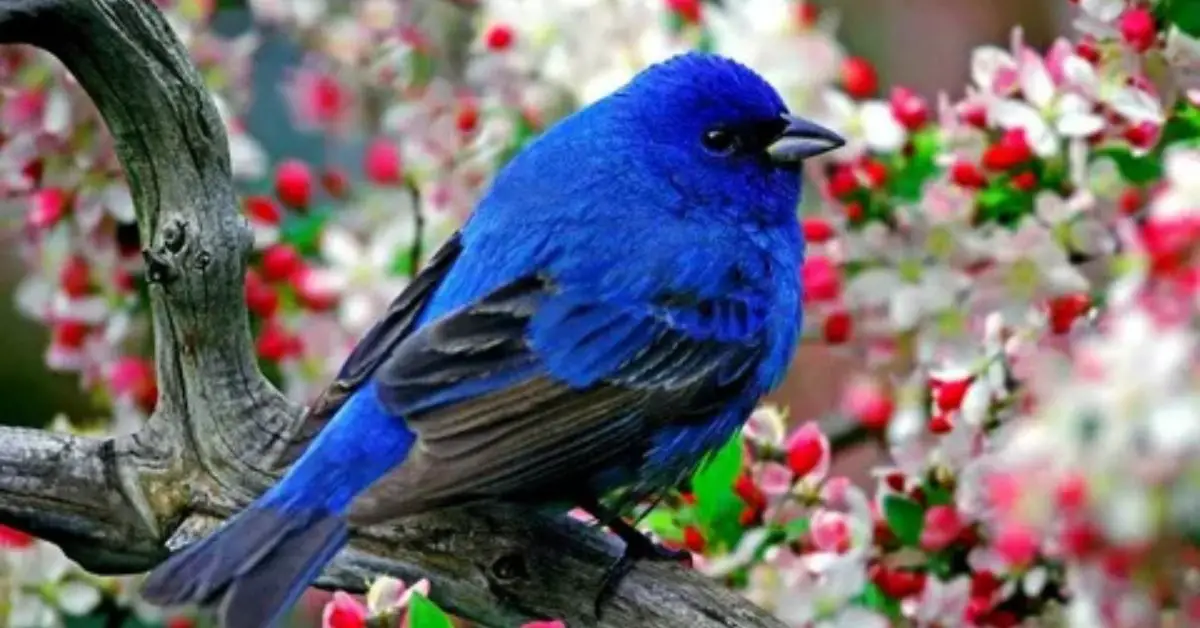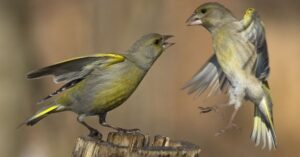Few creatures captivate our imagination in the vast tapestry of nature quite like the most beautiful birds in the world. With their vibrant plumage and enchanting songs, these feathered wonders have inspired art, poetry, and countless tales throughout human history. But among the thousands of species that grace our skies, some stand out not just for their unique behaviors or habitats but also for their breathtaking beauty.
From the iridescent hues of tropical rainforests to the subtle yet striking patterns found in more temperate regions, each bird tells a story woven from evolutionary marvels and environmental adaptations. Most beautiful birds name with detail are given below:
The Rainbow Lorikeet: Nature’s Color Palette
With its dazzling array of colors, the Rainbow Lorikeet is often viewed as nature’s living canvas. Each bird boasts a striking mix of vibrant blues, greens, yellows, and reds that seem almost too vivid to be real.
Their feathers are not just for show; they serve crucial roles in signaling to mates and warding off rivals. Surprisingly adept at using their specialized tongues—shaped like brushes—they sift through flowers to extract nectar, playing a vital role in pollination while flaunting their beauty.

These beautiful birds have shown remarkable intelligence and ingenuity when foraging for food across urban landscapes or adapting to altered habitats. This adaptability offers valuable insights into how wildlife can thrive alongside human activity when given the right support.
Paradise Tanager: The Jewel Of The Rainforest
If you are looking for the most beautiful bird in the world, Just think about Paradise Tanager. Renowned for its vibrant plumage, the Paradise Tanager captivates those fortunate enough to witness this beautiful bird in its native habitat. Adorned in a kaleidoscope of brilliant colors—ranging from deep blues and greens to striking yellows and blacks—this small avian treasure thrives in the lush canopies of Central and South America.
What makes the Paradise Tanager particularly fascinating is its unique social structure; these birds are known to form mixed-species flocks, enhancing their foraging efficiency and providing safety from predators.

By feeding on fruits and insects, they aid in seed dispersal, contributing to the health of rainforest flora. Their melodious calls weave through the foliage like a sweet symphony, creating an enchanting backdrop that draws nature enthusiasts and birdwatchers alike into a world of life.
Kingfisher: The Dazzling Fisher Of The Streams
The kingfisher, with its vibrant plumage and remarkable fishing prowess, embodies the beauty of avian life in freshwater ecosystems. With a spectrum of colors ranging from electric blues to fiery oranges, this beautiful bird stands out against the serene backgrounds of streams and rivers.
Its streamlined body and sharp beak are evolutionary adaptations optimized for snatching fish from the water’s surface.
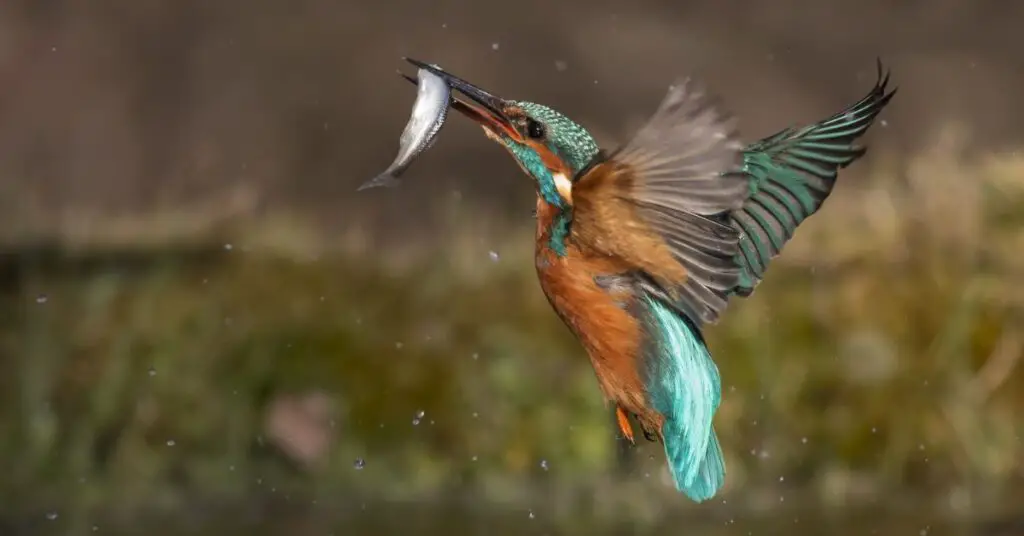
Ecologically, kingfishers play a critical role as indicators of environmental health. Their presence often signifies clean water bodies rich in biodiversity since they primarily feed on fish populations thriving in such habitats. When you talk about the world beautiful bird, keep it in your mind.
European Bee-Eater: The Aerial Acrobat
The European Bee-eater, with its vibrant plumage of turquoise and gold, is a beautiful bird that captures the imagination of all who witness its aerial feats. These skilled fliers are adept at catching insects mid-air, showcasing agility that rivals seasoned acrobats.
In open landscapes or near water bodies, they can often be seen zipping through the air, performing intricate twists and turns as they pursue bees — their namesake prey.

Another fascinating aspect of the European Bee-eater’s behavior is their communal nesting habits. They thrive in colonies where multiple pairs will dig tunnels into sandy banks for breeding—a cooperative effort fostering social bonds among them.
This collective approach offers safety in numbers against predators while creating a lively atmosphere filled with chattering calls and displays during mating season.
European Roller: The Azure Adventurer
The European roller, with its striking azure plumage and enchanting flight patterns, is a testament to nature’s artistry. As this beautiful bird glides across the skies of Europe and parts of Africa, it captivates birdwatchers and casual observers alike with its vibrant hues that shift and shimmer in the sunlight.
The nuances of their color palette—combined with their unique call—create an immersive experience for anyone fortunate enough to witness them in their natural habitat.

These agile hunters primarily feast on insects, contributing to pest control within agricultural ecosystems. Their preference for open fields interspersed with trees creates habitats that encourage biodiversity; they often nest in tree hollows or old buildings, infusing historical landscapes with life.
Golden Pheasant: Flame Of The Forest
The Golden Pheasant, often referred to as the “Flame of the Forest,” dazzles enthusiasts with its striking colors and unique plumage. Native to the mountainous regions of China, this beautiful bird boasts a vibrant array of golds, reds, and yellows that mimic the rich hues of autumn foliage.
Beyond their aesthetic appeal, these industrious creatures play a vital role in their ecosystems by aiding in seed dispersal.
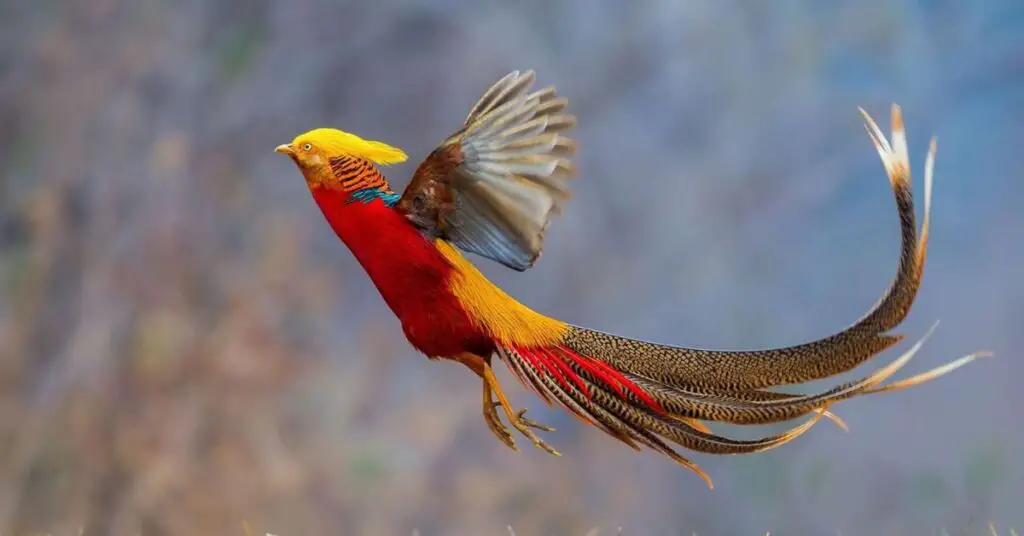
Observing them in their natural habitat is an experience like no other—watching a male unfurl his stunning tail feathers is akin to witnessing nature painting a masterpiece right before your eyes.
Thus, appreciating the Golden Pheasant goes hand-in-hand with understanding our responsibility toward conservation efforts that ensure future generations can marvel at this avian flame flickering within our forests.
Blue Jay: Guardian Of Azure
The Blue Jay, with its striking azure feathers and bold personality, is often regarded as a guardian of the skies. Its rich coloration isn’t just for show; it plays a significant role in signaling health within ecosystems. This beautiful bird acts almost like a natural caretaker, ensuring a balance between flora and fauna by spreading acorns far from their parent trees.

These birds have been observed employing complex vocalizations that mimic other species, allowing them to communicate effectively within their communities and warn others of potential threats.
Their curiosity drives them to explore environments that many may overlook—transforming ordinary backyard spaces into vibrant theaters of activity where nature flourishes under their watchful presence.
Keel-Billed Toucan: Tropical Paintbrush
The keel-billed toucan, with its vibrant beak resembling a tropical paintbrush, is not just one of nature’s most beautiful birds; it also plays a crucial ecological role in its habitat. Found predominantly in the rainforests of Central America, this striking avian species thrives on a diet that includes fruits, nuts, and insects.
Its distinctive beak can measure up to 8 inches long and is surprisingly lightweight despite its size, allowing the toucan to reach food sources high in the canopy without compromising agility.

The vivid coloration of these birds serves as more than just an eye-catching feature; it’s also a vital symbol of health for tropical environments. By capturing attention through their dazzling appearance while maintaining an important ecological function, keel-billed toucans invite us to appreciate layer upon layer of life interconnectedness within rainforests.
Cedar Waxwing: Silken Aristocrat
The Cedar Waxwing, often regarded as the silken aristocrat of the avian world, captivates observers with its elegant plumage and subtle charm. Dressed in sleek shades of soft brown and creamy yellow, these beautiful birds are adorned with striking black masks and a rich chestnut undertone at their tails.
Their physical grace is magnified during flight; they glide effortlessly between branches, moving like silk ribbons in the breeze.
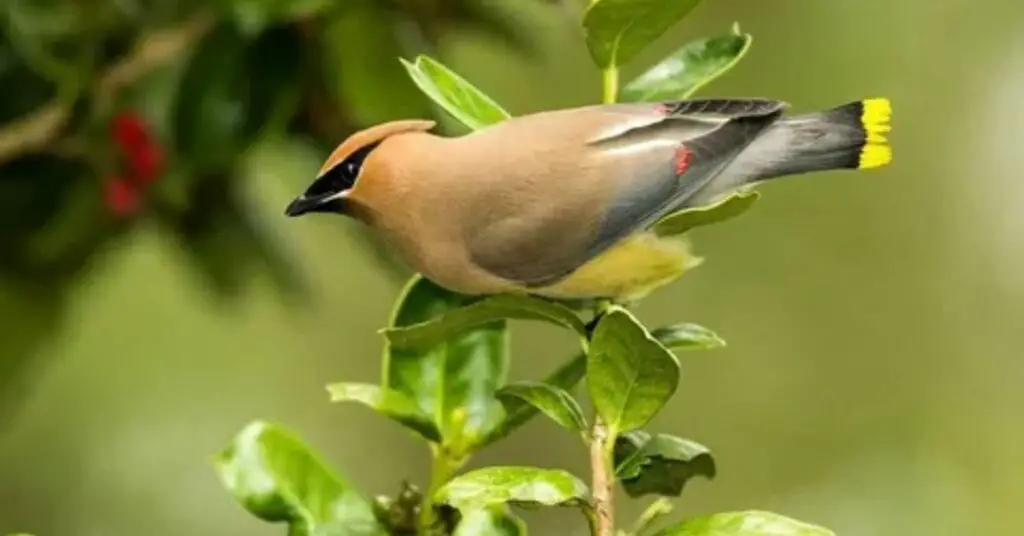
The Cedar Waxwing’s tendency to engage in “berry bingeing”, where they indulge excessively before going into temporary states of intoxication from fermented fruit, adds an almost whimsical layer to their persona and raises intriguing questions about adaptation and survival strategies among avian species.
Red-Billed Blue Magpie
The Red-billed Blue Magpie, with its striking cobalt plumage and vivid red bill, is more than just a beautiful bird; it’s a fascinating example of adaptation and behavior in the wild. Found predominantly in the mountainous regions of Central Asia and parts of the Himalayas, this bird captivates observers not only with its aesthetic appeal but also with its complex social structures.
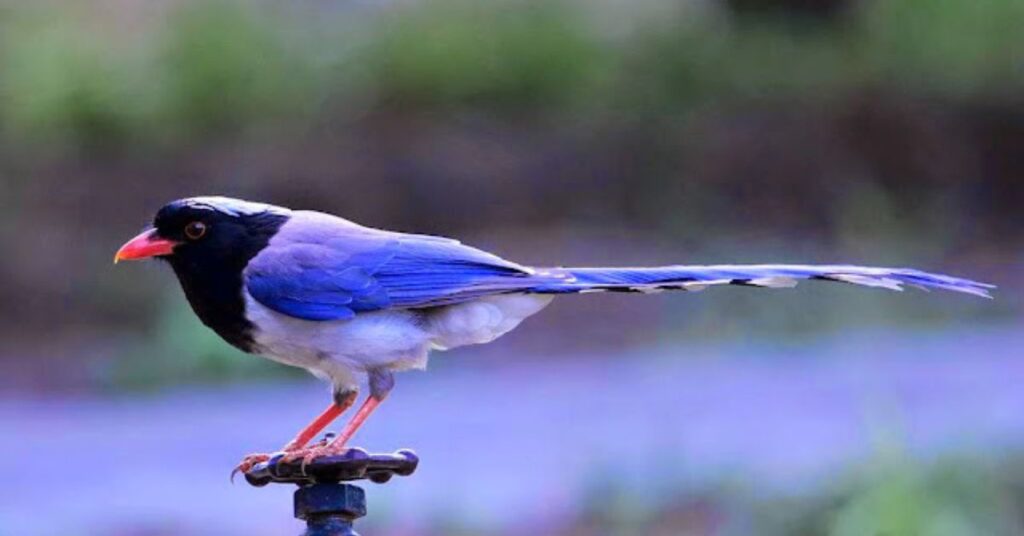
Often seen darting through trees and shrubs, these birds exhibit remarkable problem-solving skills when searching for food. Their diet primarily consists of insects, small mammals, and fruits, but they are particularly adept at catching excess food to eat later.
This behavior not only showcases their resourcefulness but also plays a critical role in seed dispersal within their ecosystem—an ecological service that benefits various plant species. By observing this captivating bird in action, one can truly appreciate how beauty intertwines with functionality in nature’s intricate tapestry.
Conclusion
The world is home to an astonishing variety of beautiful birds, each showcasing the incredible diversity and splendor of nature. From the vibrant plumage of the Scarlet Macaw to the ethereal grace of the Resplendent Quetzal, these feathered wonders captivate our hearts and inspire a sense of awe.
Their unique adaptations and striking appearances remind us of the importance of conservation efforts to protect their habitats and ensure that future generations can appreciate their beauty.
FAQ’s
Which Is The Most Beautiful Bird In The World?
While opinions vary, many consider the Resplendent Quetzal to be one of the most beautiful due to its vibrant green and red plumage along with its long tail feathers.
What Role Does Plumage Play In A Bird’s Life?
Plumage plays critical role in mating displays, camouflage from predators, and thermoregulation. The vibrant colors often help attract mates during breeding seasons.
How Can I Attract Beautiful Birds To My Backyard?
To attract beautiful birds, provide a variety of food sources (like seeds and fruits), install bird feeders, create water features for drinking and bathing, and plant native shrubs for shelter. You can also place hummingbird feeder in backyard.
- How To Keep Bees Away From Hummingbird Feeders - March 20, 2025
- How To Attract Owls To Your Yard - March 11, 2025
- Breeding Season For Wild Birds - March 9, 2025
